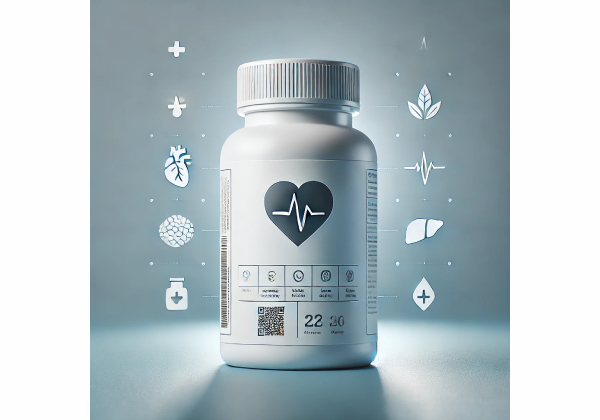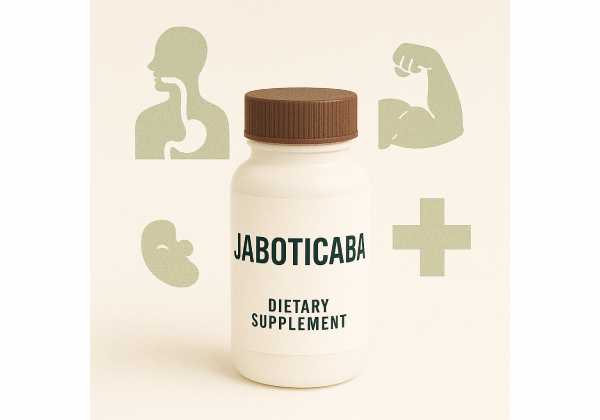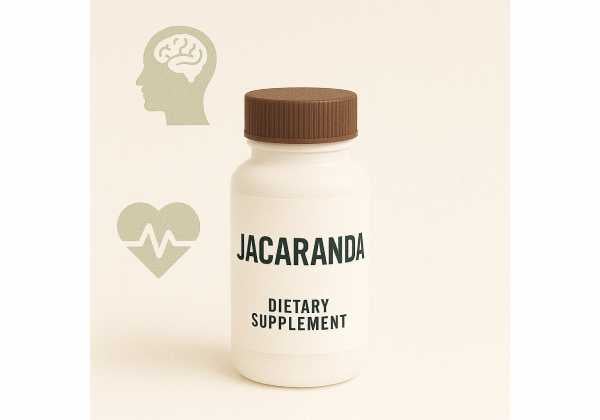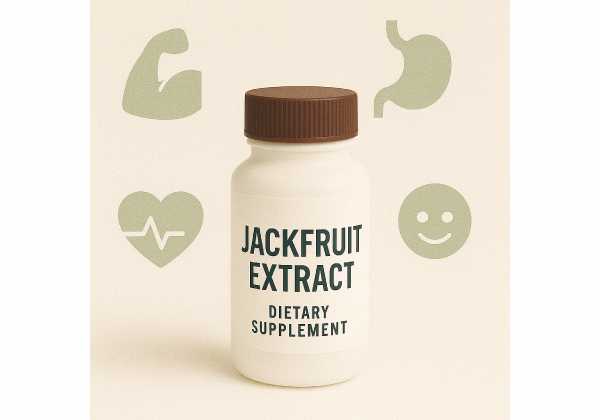Kratom: Evidence-Based Guide to Uses, Dosage Ranges, Interactions, and Adverse Effects
Kratom (Mitragyna speciosa) is a tropical tree native to Southeast Asia whose leaves have long been chewed or brewed as tea for stamina, mood, and relief from aches. In the last decade, powders, capsules, and extracts made from kratom have become widely available online and in shops in many countries. Users describe a spectrum of effects: in small amounts,...
Krill oil: Evidence-Based Benefits, Bioavailability, Dosage Guidelines, and Safety Tips
Krill oil has become one of the most discussed omega-3 supplements because it packages EPA and DHA—the same heart-healthy fats in fish oil—inside phospholipids with a natural antioxidant (astaxanthin). Many people reach for krill oil hoping for easier digestion, fewer “fishy burps,” and strong support for triglycerides, joints, brain, and eye health. But not all claims match what good...
Krill protein: Benefits for Muscle Recovery, Bioactive Peptides, Dosage Guidelines, and Side Effects
Krill protein is extracted from Antarctic krill (Euphausia superba), a small crustacean harvested in cold waters. Unlike standard fish or dairy proteins, krill protein comes with a naturally high content of essential amino acids and small peptides formed during gentle processing or hydrolysis. These features can make it easy to digest and fast to absorb, with potential benefits for...
Kristalose: Uses for Constipation and Hepatic Encephalopathy, How It Works, Dosage, and Safety
Kristalose is a prescription version of lactulose, a synthetic sugar used most often as an osmotic laxative for chronic constipation and as a cornerstone therapy to help prevent and treat episodes of hepatic encephalopathy (HE) in people with advanced liver disease. Supplied as convenient 10 g and 20 g single-dose powder packets, it dissolves in water, juice, or milk...
Kukui nut oil: Skin Benefits, How to Use, Daily Dosage, and Safety
Kukui nut oil—pressed from the seeds of the kukui (candlenut) tree Aleurites moluccanus—is a lightweight, fast-absorbing botanical oil prized across the Pacific for soothing, softening, and replenishing skin and hair. Thanks to a naturally high content of unsaturated fatty acids and protective phytochemicals, kukui oil can support a healthy skin barrier, calm visible dryness, and add shine without a...
Kumarahou: Health Benefits, Traditional Uses, Dosage Guidance, and Safety
Kumarahou (Pomaderris kumeraho) is a native New Zealand shrub treasured in rongoā Māori (traditional healing). Its bright spring blossoms once signaled the time to plant, and its leaves famously lather with water—earning the nickname “gumdigger’s soap.” As a wellness ingredient, kumarahou is most often prepared as a gentle tea or topical wash for the skin and chest. Today, renewed...
Kumuda for calm and balance: research-backed benefits, safe dosing, and risks
Kumuda is the classical Ayurvedic name for the water lily—most commonly referring to species in the Nymphaea genus. In traditional texts, Kumuda is described as a cooling, soothing flower used for heat-related conditions, skin comfort, and digestive balance. Modern research adds a contemporary layer: extracts from Nymphaea species show antioxidant and anti-inflammatory activity in lab and animal models, with...
Kunzea essential oil benefits and uses: how it works, safe dilution, dosage, and side effects
Kunzea essential oil, distilled mainly from the Tasmanian shrub Kunzea ambigua, has a crisp, woody aroma and an emerging reputation for easing everyday aches, supporting skin comfort, and freshening the air. Its chemistry typically blends monoterpenes (such as α-pinene and 1,8-cineole) with oxygenated sesquiterpenes (including viridiflorol and globulol)—a profile that helps explain both its pleasant scent and its functional...
Kynurenic acid for brain and immune balance: evidence, practical dosing, and side effects
Kynurenic acid (KYNA) is a small molecule your body makes when it breaks down tryptophan—the same essential amino acid found in protein-rich foods. Inside the nervous and immune systems, KYNA acts like a traffic controller at key receptors: it can dampen overactive glutamate signaling at the N-methyl-D-aspartate (NMDA) receptor’s glycine site, modulate nicotinic acetylcholine signaling, and activate the immune-relevant...
Kynurenine pathway guide: what it is, health effects, recommended dosing, and precautions
Kynurenine (KYN) is a pivotal metabolite formed when your body breaks down the essential amino acid tryptophan. It sits at the hub of the “kynurenine pathway,” which links diet, immunity, brain signaling, and cellular energy. In immune cells and the brain, kynurenine acts as both a messenger and a substrate, feeding into branches that produce neuroactive compounds such as...
Kyprolis for relapsed multiple myeloma: how it works, recommended doses, and side effects
Kyprolis (carfilzomib) is a second-generation proteasome inhibitor used to treat relapsed or refractory multiple myeloma in adults. It blocks the 20S proteasome’s chymotrypsin-like activity, driving myeloma cells into apoptosis while sparing most healthy tissues. Compared with older agents in its class, Kyprolis binds more selectively and irreversibly, which can translate to deeper responses in certain combinations. Modern regimens pair...
Kytril dosing made simple: tablets versus IV, timing, and precautions
Kytril (granisetron) is a prescription anti-nausea medicine from the 5-HT3 receptor antagonist family. It helps prevent or treat nausea and vomiting triggered by chemotherapy, radiotherapy, and surgery. By selectively blocking 5-HT3 receptors in the gut and brain’s chemoreceptor trigger zone, Kytril interrupts the serotonin signal that initiates vomiting. Compared with first-generation antiemetics, Kytril offers targeted action, predictable onset, and...
Jaboticaba: Antioxidant Properties, Practical Intake, Ways to Use Peel and Pulp, and Safety Tips
Jaboticaba (Plinia jaboticaba and related Plinia/Myrciaria species), often called the “Brazilian grape,” is a deep-purple, thin-skinned berry that grows directly from the trunk of its tree. Beyond its striking look, the fruit’s peel concentrates anthocyanins, ellagitannins, and a unique depside known as jaboticabin—bioactives studied for antioxidant, anti-inflammatory, and metabolic effects. At the table, jaboticaba is eaten fresh or as...
Jacaranda: Health Benefits, Traditional Uses, Dosage Guidance, and Safety
Jacaranda is best known for its violet-blue blossoms that canopy streets each spring, but several Jacaranda species have also been used in traditional medicine across Latin America and Africa. Leaves, bark, and especially the flowers contain polyphenols, flavonoids, and triterpenes that show antioxidant and antimicrobial activity in laboratory studies. Topical extracts from Jacaranda decurrens (carobinha) have been explored for...
Jackass bitters: Anti-Inflammatory Properties, Tea and Topical Uses, Dosage, and Risks
Jackass bitters (Neurolaena lobata), a strongly bitter shrub native to Central America and the Caribbean, is a staple of local herbalism from Belize to Guatemala. Healers traditionally use the leaves and young stems as a tea, wash, or tincture for skin infections, digestive upsets, and recovery after illness. Modern phytochemistry explains some of that reputation: the plant is rich...
Jackfruit extract: Glycemic control benefits, dosage guidelines, side effects, and best uses
Jackfruit extract is gaining attention for its potential health benefits that extend beyond the fruit’s culinary appeal. Concentrates from the leaf, seed, peel, and unripe pulp contain polyphenols (such as artocarpin and related flavonoids), dietary fiber–associated compounds, and other bioactives that may support healthy blood sugar control, antioxidant defenses, and gut health. In nutrition studies, green jackfruit flour—made from...




















